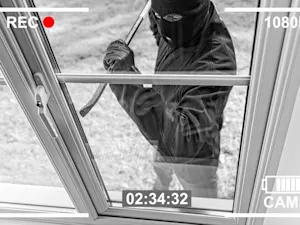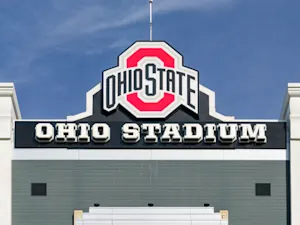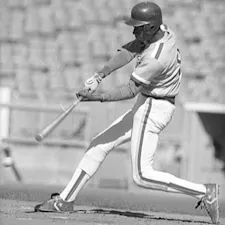
What Is the Doomsday Clock?
Imagine a clock that doesn't tell time but instead warns us how close we are to, well, doomsday. Yep, it's called the Doomsday Clock, and it's been ticking since 1947. But don't worry, it's not predicting the exact date of the apocalypse — it's more of a giant wake-up call for all of us.
Who started it?
The Doomsday Clock was created by the Bulletin of the Atomic Scientists, a group founded by Manhattan Project scientists who had helped develop the first nuclear weapons. After seeing the devastating power of these weapons, they felt a responsibility to warn the world about the dangers of nuclear war. The clock was first set at seven minutes to midnight in 1947, symbolizing the urgency of the threat.

Evolution of the Doomsday Clock
Over the years, the clock has evolved to include other existential dangers beyond nuclear weapons, such as climate change, biological weapons, and disruptive technologies like artificial intelligence. Each year, the Bulletin's Science and Security Board meets to assess global risks and decide whether to move the clock's hands closer to or further from midnight. The closer it gets to midnight, the more immediate and severe the threat is perceived to be.
Where are we now?
So, how close are we? In 2023, the clock was set at a nail-biting 90 seconds to midnight — the closest it's ever been. This doesn't mean we're doomed, but it does mean experts are really worried about things like global tensions, extreme weather, and how fast technology is changing.
"We are living in a time of unprecedented danger, and the Doomsday Clock time reflects that reality," says the president and CEO of the Bulletin of Atomic Scientists Rachel Bronson, as reported by TIME. "90 seconds to midnight is the closest the Clock has ever been set to midnight, and it's a decision our experts do not take lightly."
But here's the thing: The Doomsday Clock isn't just there to scare us. It's meant to light a fire under us, to get us thinking about what we can do to make the world safer. Whether it's reducing our carbon footprint or supporting leaders who take these issues seriously, there's a lot we can do.
So, the next time you hear about the Doomsday Clock, don't panic. Just remember, it's a cue for all of us to keep an eye on the bigger picture — and maybe even make some changes to keep those clock hands from inching any closer to midnight.
References: The Clock Shifts | It is still 90 seconds to midnight | The Doomsday Clock Is Closer to Catastrophe Than Ever Before
























